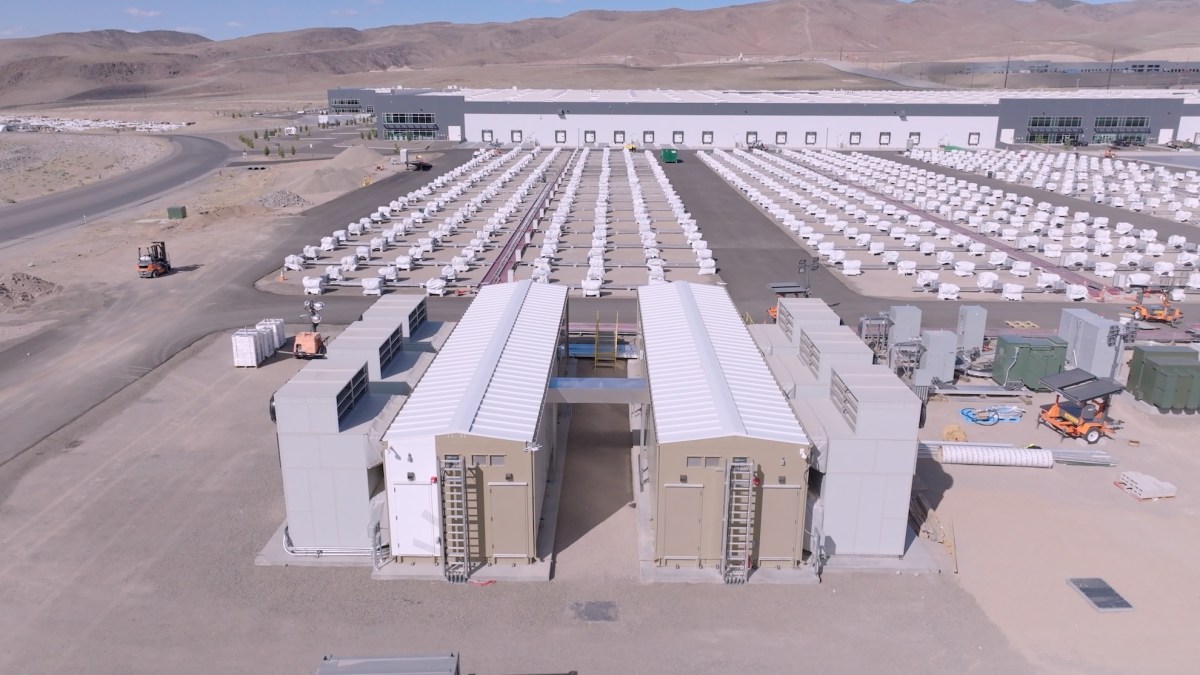All blog posts
Explore the world of design and learn how to create visually stunning artwork.
With an Intel recovery underway, all eyes turn to its foundry business
October 24, 2025 | by drsantkj@gmail.com
Big tech is paying for Trump’s White House ballroom
October 24, 2025 | by drsantkj@gmail.com
Rivian CEO takes top marketing role in shakeup ahead of R2 launch
October 23, 2025 | by drsantkj@gmail.com
Redwood Materials raises another $350M to power up its energy storage business
October 23, 2025 | by drsantkj@gmail.com
Elon Musk frets over controlling Tesla’s ‘robot army’ as car biz rebounds slightly
October 23, 2025 | by drsantkj@gmail.com
OpenAI’s Atlas is more about ChatGPT than the web
October 22, 2025 | by drsantkj@gmail.com
One startup’s quest to store electricity in the ocean
October 22, 2025 | by drsantkj@gmail.com
Netflix goes ‘all in’ on generative AI as entertainment industry remains divided
October 22, 2025 | by drsantkj@gmail.com
Cloudflare CEO Matthew Prince is pushing UK regulator to unbundle Google’s search and AI crawlers
October 21, 2025 | by drsantkj@gmail.com
Yelp’s AI assistant can now scan restaurant menus to show you what dishes look like
October 21, 2025 | by drsantkj@gmail.com
Intel’s third-quarter earnings beat Wall Street expectations Thursday, results buoyed by a bump in revenue combined with larger cuts, and multiple, sizable investments over the last two months as CEO Lip-Bu Tan looks to turn around the struggling semiconductor giant.
Intel’s revenue results and its $4.1 billion in net income provides a far rosier view than its string of quarterly losses. But the company’s recovery story deserves several chapters dedicated to cost cutting via layoffs and other reductions as well as a series of high-profile investments from Softbank, Nvidia, and the U.S. government.
Intel added $20 billion to its balance sheet during the third quarter, the company announced on its third-quarter earnings presentation on Thursday, sending its stock soaring. This growth was largely due to three sizable investments in the company over the last three months.
In August, SoftBank invested $2 billion. A few days later, the U.S. Government took an unprecedented 10% equity stake in Intel. The company has received $5.7 billion of the planned $8.9 billion from the U.S. Government thus far. Nvidia also bought a $5 billion stake in Intel in September as part of a broader deal to develop chips together over time.
“The actions we took to strengthen the balance sheet give us greater operational flexibility and position us well to continue to execute our strategy with confidence,” Tan said on the company’s earnings call. “In particular, I’m honored by the trust and confidence President Trump and Secretary [Howard] Lutnick have placed in me. Their support highlights Intel’s strategic role as the only U.S.-based semiconductor company with leading edge logic, [research and development] and manufacturing.”
The company also received $5.2 billion from closing the sale of its ownership stake of Altera, a hardware company it had owned since 2015, on September 12. It also sold its stake in Mobileye, an autonomous driving tech company.
Intel grew its quarterly revenue by $800 million in the third quarter to $13.7 billion, compared to $12.9 billion. Intel had net income of $4.1 billion in the third quarter, a steep reversal from the $16.6 billion loss it reported in the same year-ago period.
Techcrunch event
San Francisco
|
October 27-29, 2025
The foundry biz
Despite the strong quarter, there weren’t many details on what will happen next with Intel’s foundry business, which makes custom chips for customers. The business has floundered from the start and has been a focus of Tan, who initiated significant layoffs in its foundry business this summer.
The business appears to be a priority of the Trump administration; a key condition of the government’s investment in Intel includes language that it will penalize Intel if it divested from its foundry business over the next five years.
Wall Street is keeping a close eye on foundry for signs of the company’s long-term growth. Intel analysts told TechCrunch in August that the company did not need cash to turn itself around but rather a strategy to get its foundry business on track.
Tan said that Intel thinks its foundry business is “uniquely positioned” to capitalize on the swelling demand for chips but was light on the details — beyond saying that the company is actively engaging with potential foundry customers — and added that the growth of the foundry business would remain disciplined.
“Building a world-class foundry is a long-term effort founded on trust,” Tan said. “As a foundry, we need to ensure that our process can be easily used by a variety of customers, each with their unique way of building their own products. We must learn to delight our customers as they count on us to build wafers, to meet all their needs for powerful performance, yield, cost, and schedule.”









